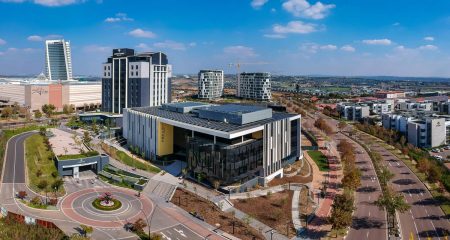
The gulf between those with access to the fastest broadband speeds and those on basic speeds has widened over recent years and in the near term looks likely to increase further.
This is a key finding in Deloitte’s TMT Predictions 2015 report, released this month. The global report says the number of broadband homes will reach 715m by the end of this year, with average broadband speeds increasing by between 15% and 25%.
But there is a growing gap between those with the fastest access speeds to the Internet and those on more pedestrian connections.
“When we talk about broadband divides, this often refers to the gulf between the ‘haves’ and the ‘have nots’,” Deloitte says. “This gap is important, but it is also critical to recognise variations between the ‘haves’.”
In many markets, the top decile or top 10% of broadband homes are likely to enjoy 10 times or greater the average speed of those in the bottom decile, Deloitte says.
According to the firm, broadband speeds are mainly affected by two factors, location and available technology. Those far from telephone exchanges, especially those in more rural areas, typically receive slower service, while those with fibre connections will get speedier access than those using older copper-based digital subscriber lines.
Affordability is also a factor in determining speed. It’s those who can afford higher-speed connections that have them.
Over time, the speed of cable and fibre access technologies has increased, although copper broadband using ADSL hasn’t made similar progress.
There’s life in copper, though, says Deloitte. A technology called G.Fast will offer speeds of up to 1Gbit/s over existing copper connections by increasing the range of frequencies over which broadband signals travel.
“The drawback with this approach is that it works over very short distances — ideally 100m or less. This is an acceptable distance in neighbourhoods packing in dozens of homes within 100m of a cabinet, but in some rural areas homes may be over 100m from the road, and many kilometres from the exchange.”
Broadband providers could deploy cabinets in close proximity to every home wanting high speeds, but as private businesses in the absence of subsidies, they will inevitably tend to focus on upgrading connections in cities as they offer the highest potential return, the report says. Fibre deployed into homes is even more expensive.
“Fibre to the cabinet is the most likely technology to be deployed in markets with ubiquitous pre-existing copper networks: it is a fraction of the cost of extending fibre to the premises,” Deloitte says. “However, its performance is markedly affected by distance from the exchange, so it may increase speeds for those with existing access to fast broadband, rather than bring slow broadband speeds more in-line with the average.”
There are “evident implications” for telecommunications regulators, the company says.
“It may not be sufficient simply to call for broadband to be recognised as a universal service, in the same way as fixed-line telephony is in many countries. The definition of what broadband is needs to be updated regularly and speed is a key parameter. Historically this has focused on downstream speed, but in future, as broadband usage evolves, upstream speed will become increasingly important as users upload more content.
“Regulators should also consider how price per megabit is affected by technology. Households with access only to ADSL broadband do not just have lower speeds but are also paying significantly more per megabit-per-second.” — © 2015 NewsCentral Media




